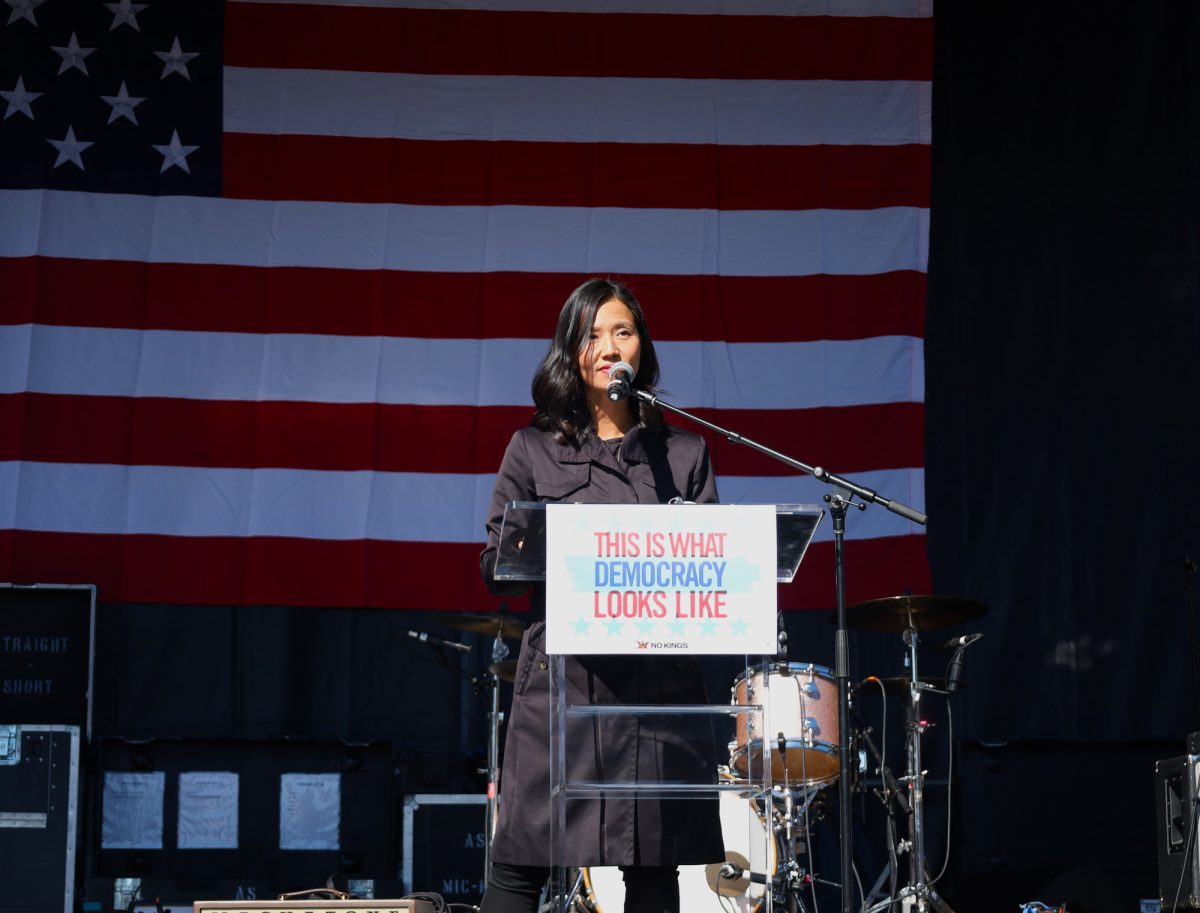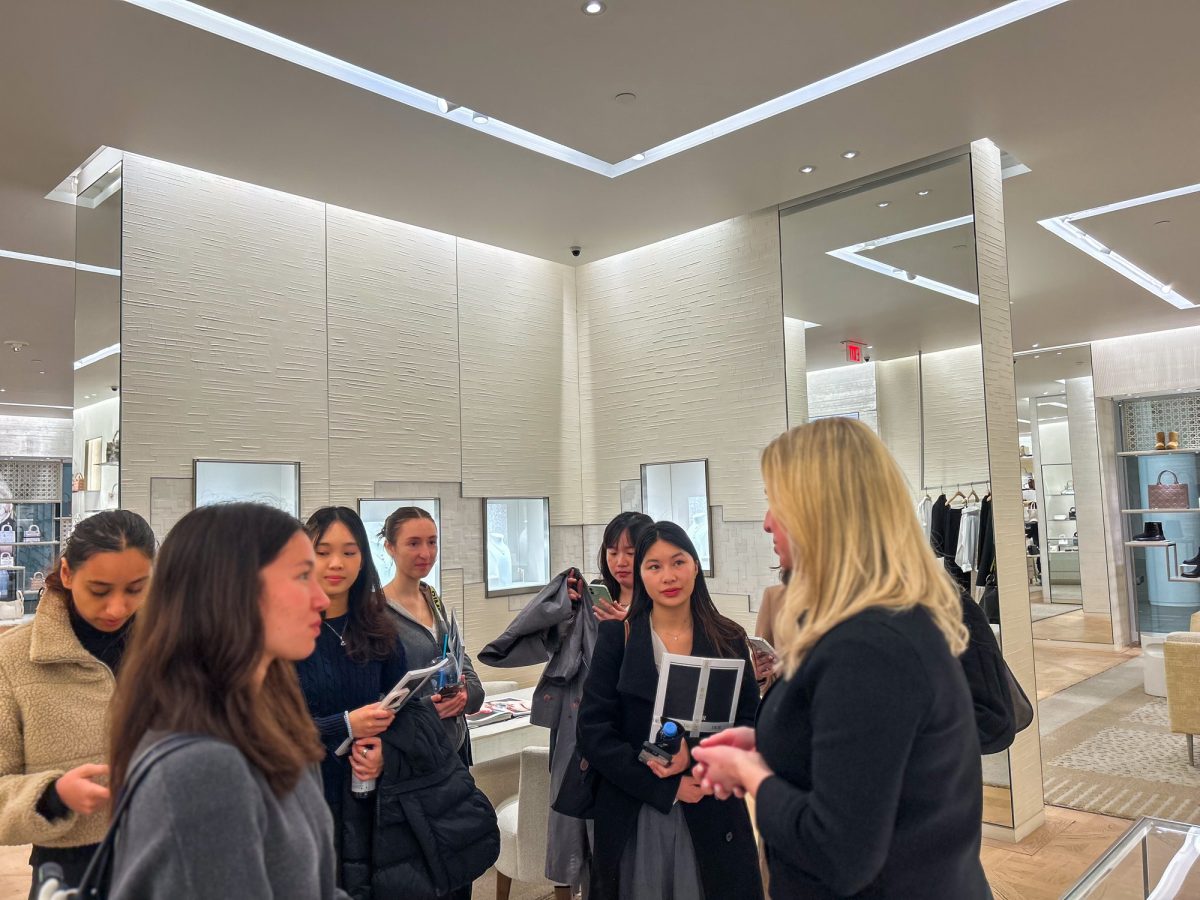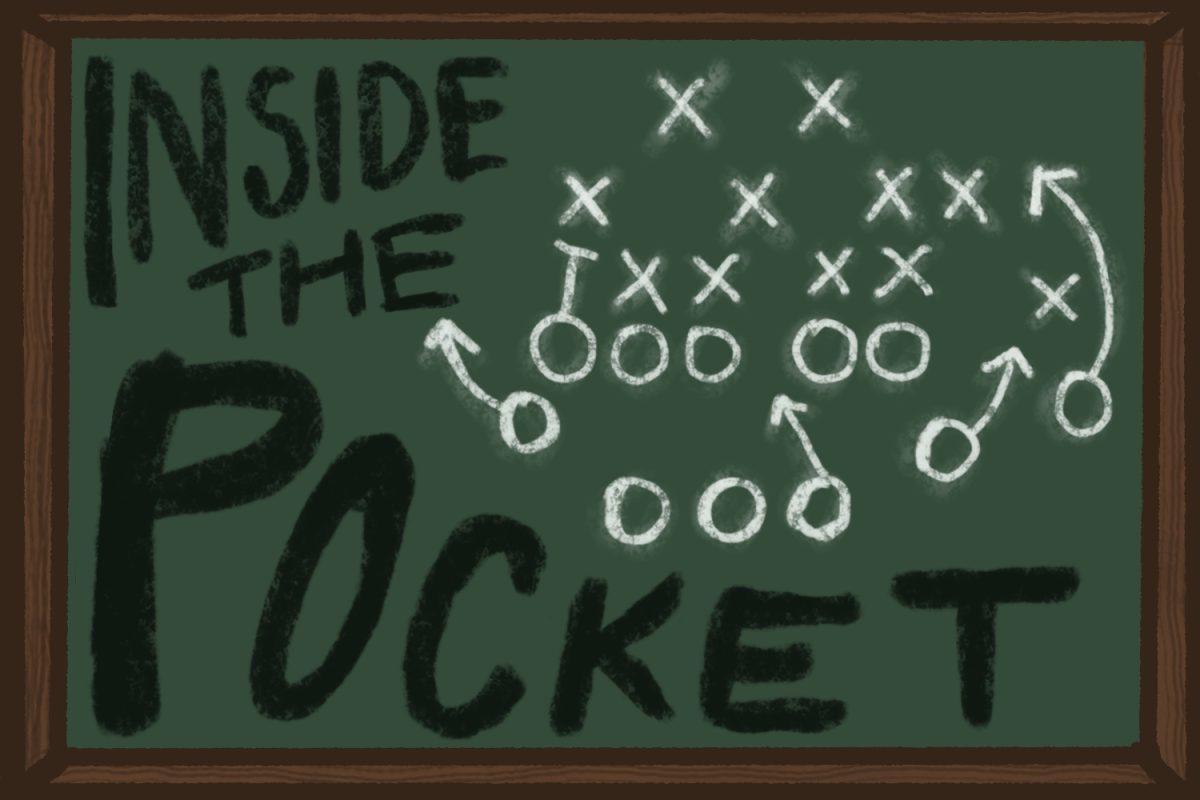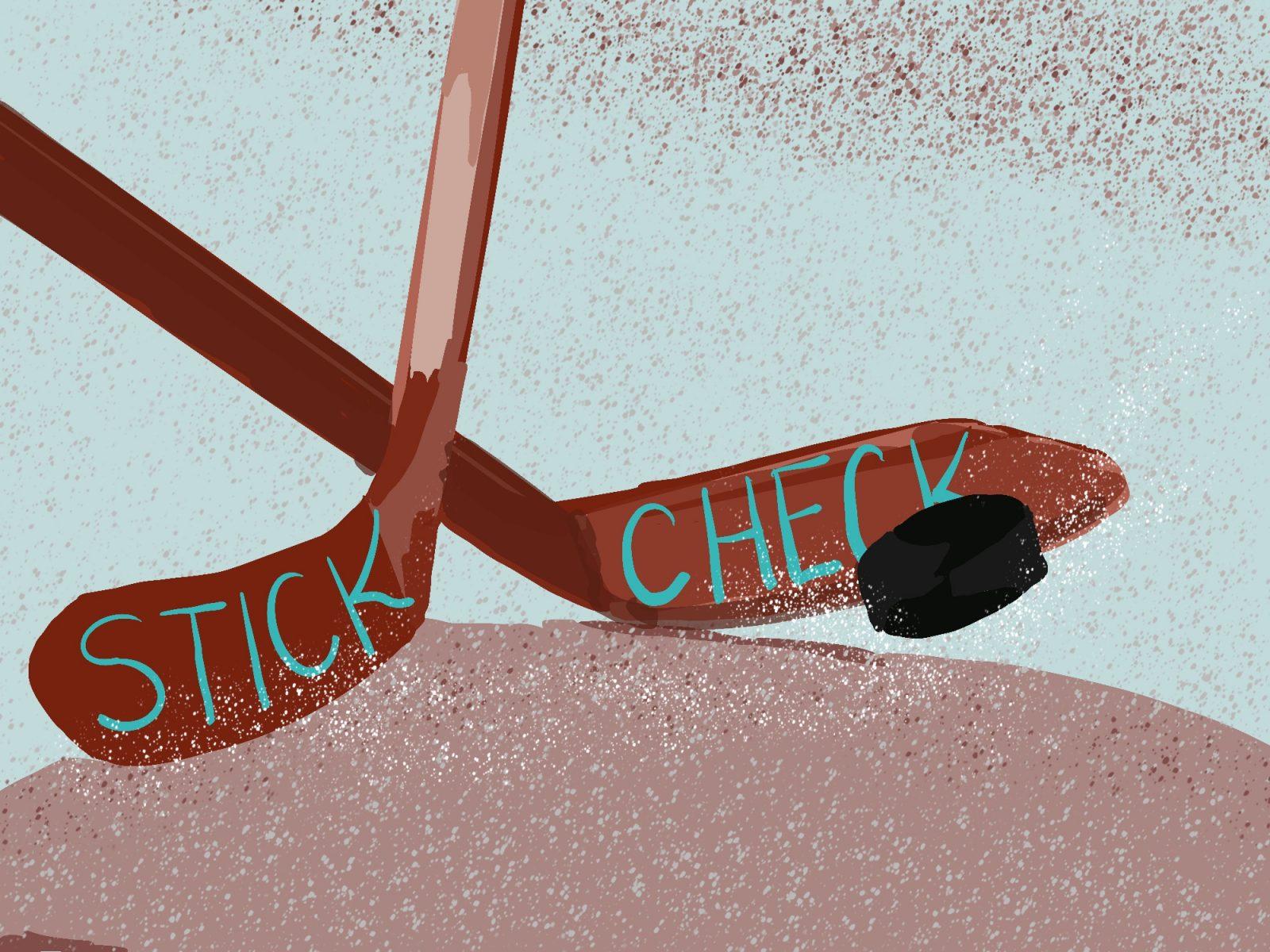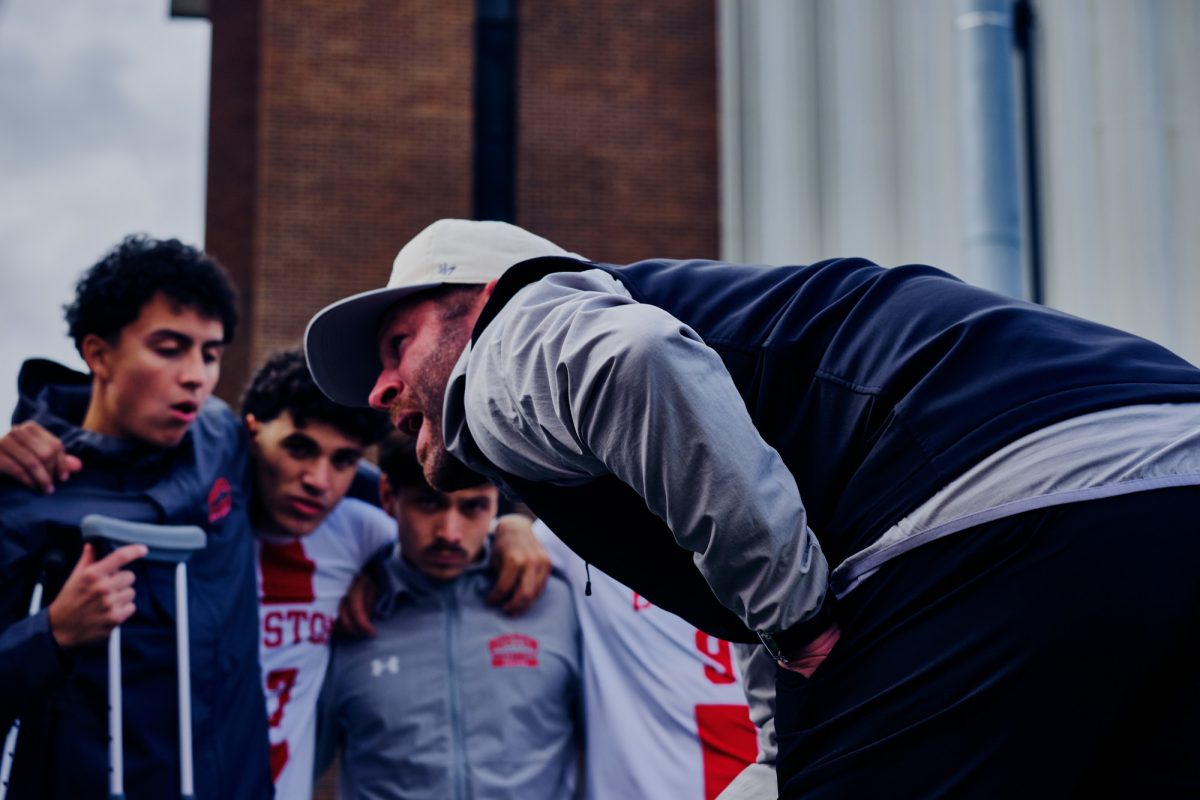Boston Latin School, a prestigious school in the Boston area that is regarded as the oldest public school in America, has recently received publicity for its implementation of a new dress code. The code, which went into effect Tuesday, contains parameters typical to high school clothing expectations, banning clothing containing innuendos, drug and alcohol references and gang-related colors. Much of the dress code, however, seems to target female clothing. Tank tops, shorts or skirts that fall four inches above the knee and leggings worn without shorts or skirts are not allowed on school grounds.
It is not surprising that BLS has adopted this dress code. Nearly every K-12 school across the nation possesses some form of dress regulation. What is newsworthy is not the fact that the code has been implemented, but rather the manner in which students at the school have reacted.
Female students took to the internet to create an online petition in opposition to the dress code. As a result of the widely supported petition, the school worked with concerned students and reversed the ban on leggings, so students will now be allowed to wear, as long as they are not sheer, without shorts or skirts.
Some notable aspects of the petition against the dress code are that it was internet-based and youth-led. The successful use of an online petition to spur activism exemplifies the internet’s potent ability to catalyze social movements and give youth a platform to influence change, which is power that they would not otherwise possess.
While students taking initiative to fight the dress code and actually influencing school officials to make a change may be a rare success story, the general attitude of opposition against dress codes is not as rare. In my own high school experience, female students despised the dress restrictions we were required to follow.
Why, one might ask, would young females oppose a dress code that promotes a professional learning environment?
Our problem does not lie with high school administrators’ noble quests to establish appropriate academic environments. Our issue is that dress codes inherently promote the patriarchy in more ways than one.
Dress codes primarily restrict what females can wear and offer few limitations on male clothing. While girls are warned not to wear sheer leggings, boys are not barred from “sagging” their pants in a manner that exposes their underwear. While girls are unable to wear shirts that do not completely cover their shoulders, boys are rarely reprimanded for sporting cutoff T-shirts, which tend to expose both the shoulders and the midriff. A double standard in dress codes is apparent.
It gets worse. Nearly all high school dress codes specify that if students are not in compliance with the regulations, they will be pulled out of class or sent home to change. BLS is no stranger to this rule, stating in its newly enacted dress code that “students who dress inappropriately will be required to change or may be sent home at the discretion of the Head Master or Assistant Head Masters.” So, dress codes that primarily affect girls outline that they may be pulled out of class if they do not adhere to the guidelines.
The problem here is that school officials are now implying that how a girl is dressed is significant enough to interfere with her education. Pulling students out of class for their clothing sends the message that what they wear is, and always will be, more important than what they learn. This is a detrimental lesson to teach to young, school-aged girls.
But perhaps the most offensive aspect of dress codes is the fact that they sexualize the bodies of these young, school-aged girls. There is nothing sexual about a shoulder, which so often must be completely covered to comply with dress regulations. There is nothing sexual about a lower thigh, which so often must be covered beyond “four inches above the knee.” By telling girls that exposing these parts of their body would disrupt the learning environment of male students, schools are promoting rape culture and patriarchal society. They insinuate that all parts of the female anatomy are inherently sexual and that girls and women must always take responsibility to dress a certain way so as not to provoke or distract boys and men.
Instead of teaching our girls not to distract, let’s teach our boys not to become distracted by shoulders and knees. The earlier in life this lesson is taught, the more likely rape culture is to deteriorate. Instead of teaching girls not to get raped, let’s teach our boys not to rape. School dress codes propagate the idea that young females must hide their sexuality to accommodate young males, a concept that is certainly worth petitioning against.

